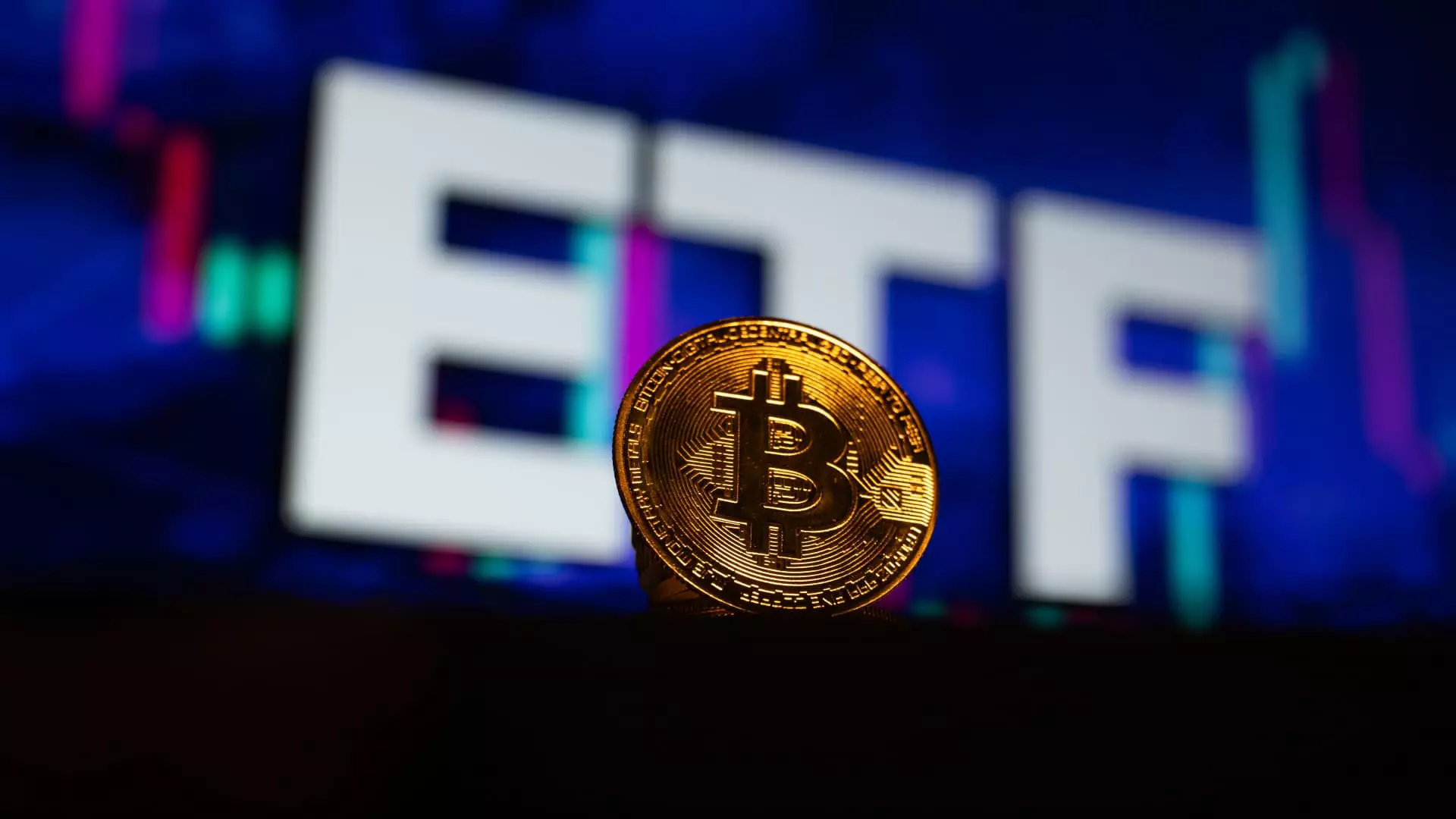As the financial landscape continues to evolve, 2025 is poised to be a significant year for cryptocurrency exchange-traded funds (ETFs). After the remarkable initial success of Bitcoin ETFs that debuted last year, one may wonder if the forthcoming taxonomies of crypto ETFs will achieve similar acclaim. The first-year performance of Bitcoin ETFs, particularly the flagship iShares Bitcoin Trust from BlackRock, has been heralded as a watershed moment, attracting approximately $36 billion in net new assets. This growth catalyzed broader institutional integration and effectively doubled the total market capitalization of cryptocurrencies by 2024. However, as the cryptocurrency market diversifies, experts caution that the enthusiasm surrounding Bitcoin may not uniformly translate to subsequent offerings.
Despite the successful groundwork laid by Bitcoin ETFs, analysts predict that newer funds aimed at alternative cryptocurrencies may face stiffer hurdles in attracting significant demand. JPMorgan’s analysis suggests that newly proposed funds targeting cryptocurrencies like Solana, XRP, Hedera (HBAR), and Litecoin may garner only a fraction of the investments seen with Bitcoin. Although applications for these funds have already been submitted, expectations remain muted regarding the volume of assets that could realistically flow into these channels.
Kenneth Worthington, a JPMorgan analyst, highlighted that, after one year of trading, assets in Bitcoin ETFs accounted for about 6% of the total market capitalization, showcasing a notable correlation between ETF adoption and cryptocurrency value. On the contrary, ether ETFs, which launched in July with less prominence, reached only 3% of ether’s market cap within six months—a stark reminder of the challenges that lesser-known cryptocurrencies may encounter.
JPMorgan’s projections are revealing when considering specific altcoins. Based on current market valuations, ETFs tied to Solana could attract estimated net new assets ranging between $3 billion to $6 billion, while XRP’s funds might see inflows of $4 to $8 billion. These relatively modest prospects raise questions about the viability of widespread adoption across the crypto ETF landscape. The comparative figures underscore a significant disparity in market capitalization as investors weigh their options and choose to concentrate on more established cryptocurrencies.
While projections paint a conservative picture, they are intertwined with broader influences, notably the evolving regulatory environment in the United States. Optimism about a pro-crypto Congress and a favorable administration in 2025 could potentially transform the trajectory of innovation and growth in the cryptocurrency sector. Worthington emphasized the critical role that regulatory frameworks will play in shaping the availability and variety of new products, setting the stage for a changing landscape of crypto ETFs.
Tyron Ross, founder of 401 Financial, noted that while demand for Bitcoin ETFs is likely to persist, it may not reach the heights of 2024. He attributes this cautious outlook to shifting investor sentiment and the ongoing education process inherent in a relatively new asset class. As the 16-year-old digital asset market matures, investor confidence is expected to rise, albeit gradually. Ross highlighted the importance of integrating cryptocurrencies into conventional Wall Street model portfolios, which often lack crypto exposure.
Without inclusion in these standard investment strategies, the anticipated “parabolic growth” seen last year may remain elusive. Ross articulated a critical nexus between awareness and portfolio planning; financial advisors who typically adopt block-standard models must pivot to embrace cryptocurrencies for this market segment to realize its full potential.
As excitement mounts within the cryptocurrency sector, market participants must exercise caution and calibrated expectations regarding the next wave of crypto ETFs. While innovation continues, the lessons learned from Bitcoin ETFs should inform both investors and fund issuers moving forward. As industry stakeholders navigate the complexities of investor behavior, regulatory changes, and market demands, the second chapter of cryptocurrency ETFs may unfold with a blend of cautious optimism and realistic anticipation. The trajectory of these financial instruments will ultimately depend on how effectively they can capture the shifting tides of the cryptocurrency market while catering to an increasingly educated investor base. The future of crypto ETFs stands ready for exploration—but only time will tell what treasures lie ahead.

